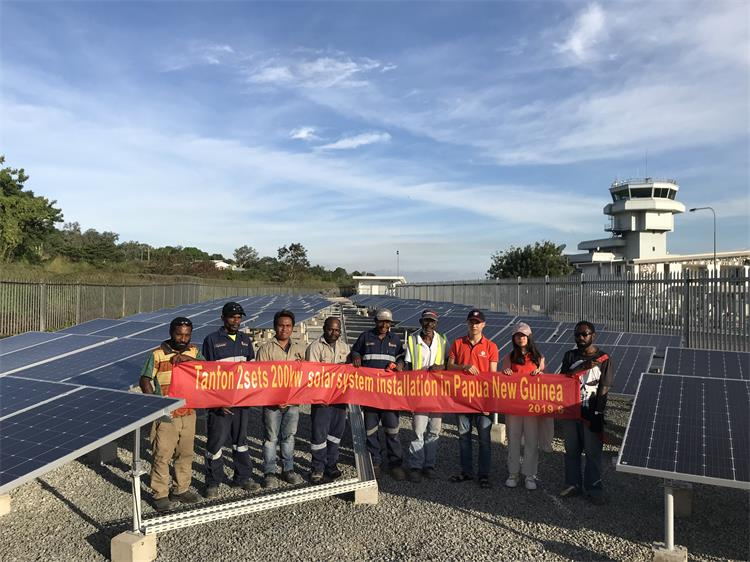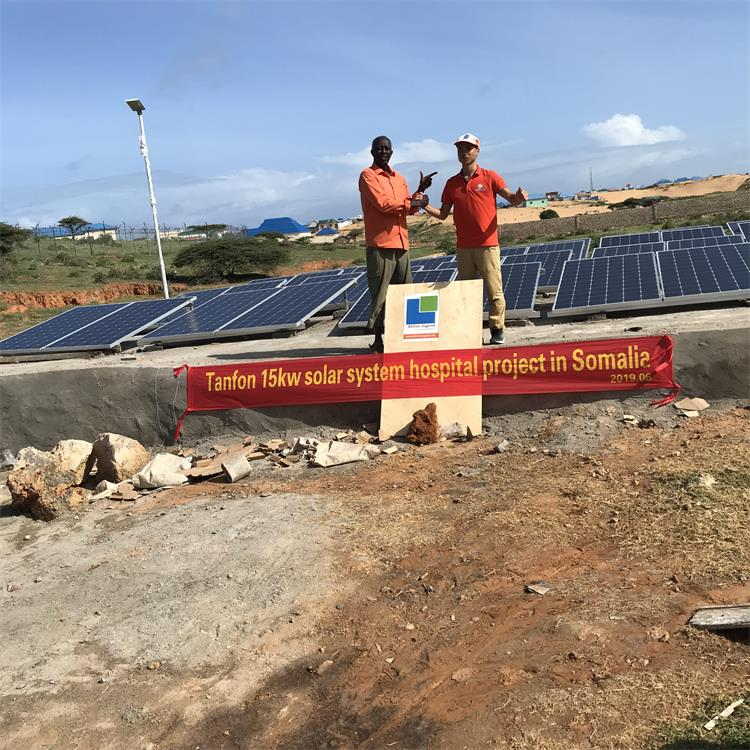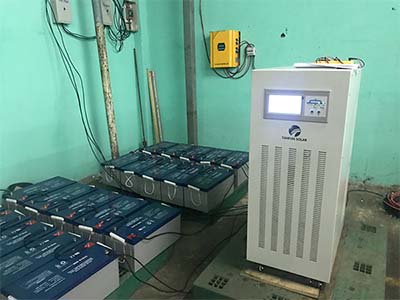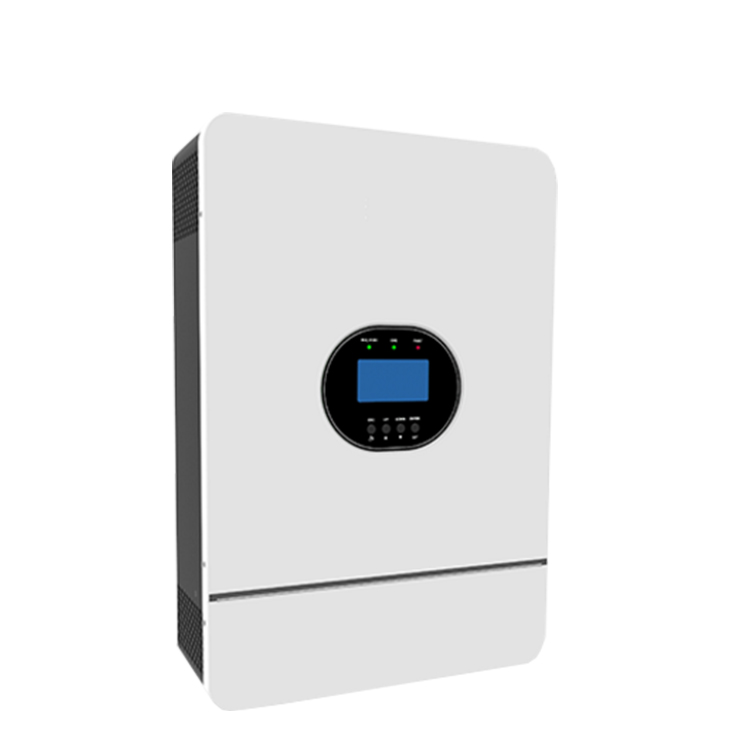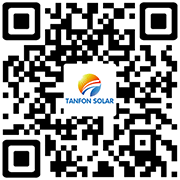 TANFON SOLAR
TANFON SOLAR
 June 28,2019
June 28,2019
The first step is to determine whether it is a on-grid inverter or an off-grid inverter. The configuration of the solar inverter is determined according to the technical specifications of the entire photovoltaic power generation system and with reference to the product sample manual provided by the manufacturer. In general, we must also consider the following technical indicators.
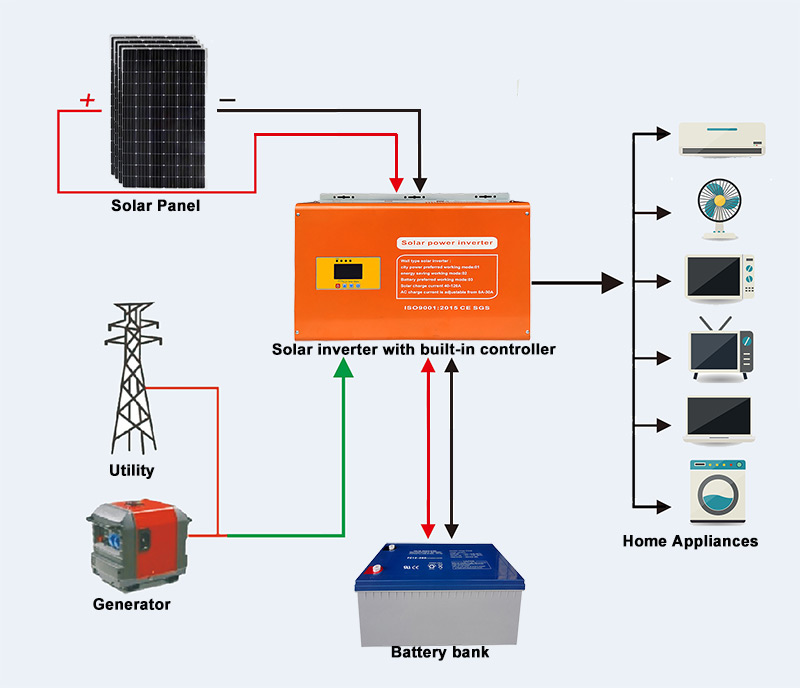
1、rated output power
The rated output power represents the ability of the photovoltaic inverter to supply power to the load. A photovoltaic inverter with a high rated output power can carry more power loads. When selecting a photovoltaic inverter, it should first consider that it has sufficient rated power to meet the requirements of the equipment for electric power under the maximum load, as well as the expansion of the system and the access of some temporary loads. When the electrical equipment is a purely resistive load or the power factor is greater than 0.9, the rated output power of the photovoltaic inverter is generally selected to be 10% larger than the total power of the electrical equipment by 15%.
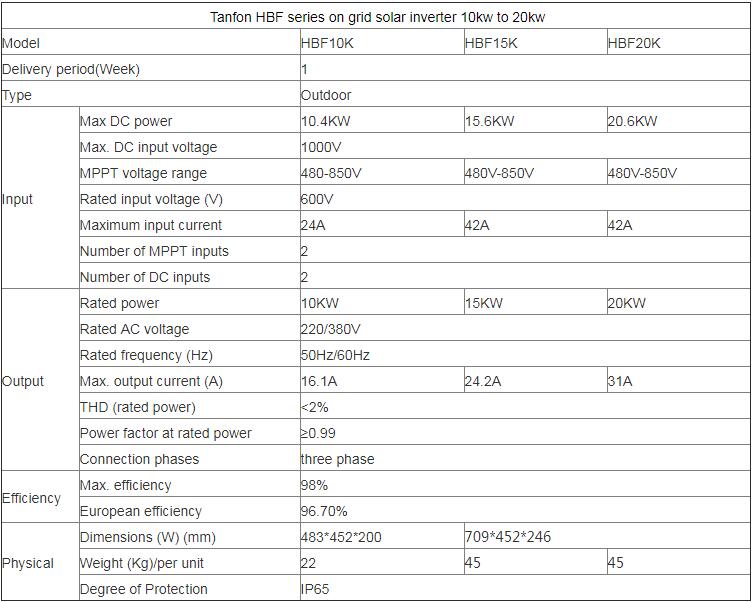
2、Output voltage adjustment performance
The output voltage adjustment performance represents the voltage regulation capability of the photovoltaic solar inverter output voltage. In general, PV inverter products give the percentage deviation of the output voltage of the PV inverter when the DC input voltage varies within the allowable fluctuation range, which is usually called the voltage adjustment rate. A high performance photovoltaic inverter should also give the percentage deviation of the output voltage of the photovoltaic inverter when the load changes from zero to 100%, commonly referred to as load regulation. The voltage regulation rate of a photovoltaic inverter with excellent performance should be less than or equal to ±3%, and the load regulation rate should be less than or equal to ±6%.
3、Machine efficiency
The overall efficiency represents the magnitude of the power loss of the PV inverter itself. Larger PV inverters also give efficiency values for full-load operation and low-load operation. Generally, the efficiency of inverters below KW should be more than 85%; the efficiency of 10KW should be more than 90%; the efficiency of higher power must be above 95%. The efficiency of the inverter has an important impact on the photovoltaic power generation system to increase the effective power generation and reduce the power generation cost. Therefore, the PV inverter should be compared as much as possible, and the product with higher efficiency should be selected.
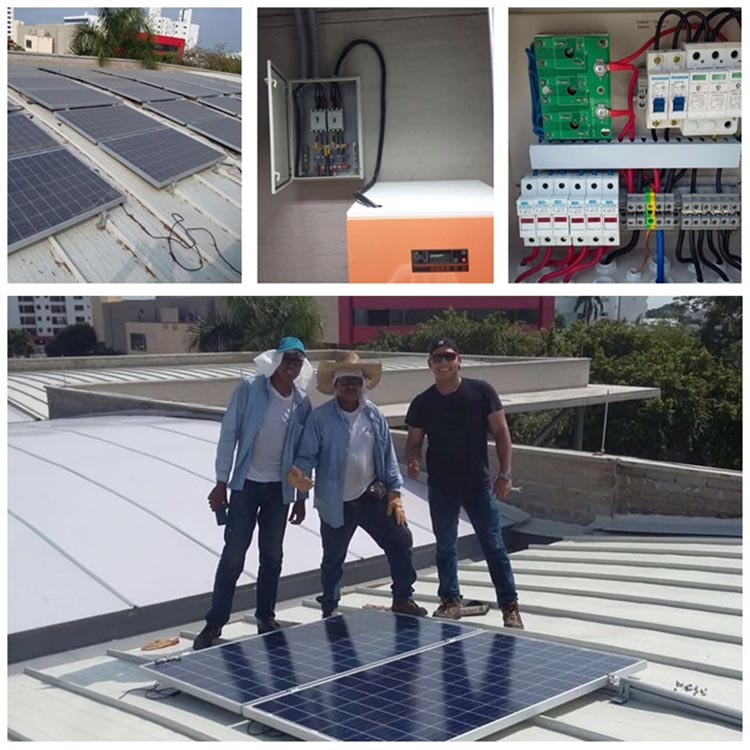
4、Startup performance
The photovoltaic inverter should be guaranteed to start reliably under rated load. High-performance photovoltaic inverters can be used for multiple full-time startups without damaging power switching devices and other circuits. Small inverters sometimes use soft start or current limiting start-up measures or circuits for their own safety. The above are the main basis for the design and purchase of photovoltaic inverters, and also an important indicator for evaluating the technical performance of photovoltaic inverters.

